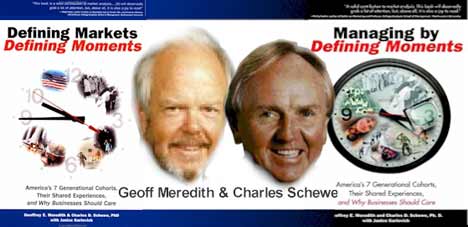Congregations are the central focus of Jackson Carroll and Wade Roof Clark in their book, Bridging Divided Worlds
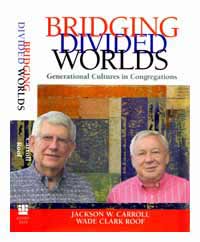 As they studied twenty congregations and two campus ministries in California and North Carolina. The samples included Jewish, Catholic, mainline Protestant and evangelical Protestant congregations and included predominantly African American, Caucasian, Korean and Latino congregations. In their book they profile nine congregations.
As they studied twenty congregations and two campus ministries in California and North Carolina. The samples included Jewish, Catholic, mainline Protestant and evangelical Protestant congregations and included predominantly African American, Caucasian, Korean and Latino congregations. In their book they profile nine congregations.
Carroll and Roof divide their nine congregations into three models:
- inherited model – valuing tradition over contemporary engagement.
- blended approach to generational diversity.
- post-traditional congregations focusing on a specific generation.
This typology is based to some extent on the analysis of E. Brooks Holifield in the book, “American Congregations Vol. 2“. Carroll and Roof add a category to his description of four phases in the historic development of the American congregation as an institution:
- Comprehensive (one congregation per town)
- Devotional (a variety of congregational styles with competition between them)
- Social (end of 19th century, programs providing a life centre)
- Participatory (a wide range of programs for the seven day a week church)
- Post-traditional/New Paradigm (added by the authors – building on the participatory model but valuing contemporary relevance rather than traditional faithfulness.
What I find most helpful in “Bridging Divided Worlds” is not so much the description of each of the three models. I recognise the dynamics well enough. I find more helpful the SWOT analysis (Strengths, Weaknesses, Opportunities, Threats) for each model.
Inherited Model Congregations – We’ve Always Done It This Way
These congregations focus on maintaining the tradition they stand in. Newcomers are expected to appreciate and invest in the forms of worship, buildings or institutions that are valued by these congregations. Attempts to cater for emerging generations, if they are attempted, tend to be stalled in the planning process or are only partially implemented.
We’re given a reality check for people in the inherited tradition congregations. Yes there’s a stability and security. Key gate keepers attempt to pass the baton on to members of emerging generations who are interested in running the race in similar ways. Smaller and smaller proportions of emerging generations find it possible to belong in this kind of situation.
A Uniting Church in Australia example of this approach near where I live would be Burleigh Uniting Church, Gold Coast.
Blended Congregations: Seeking the Best of Three Worlds
This approach values inherited traditions of faith but seriously engages with contemporary culture. As the authors write, ‘the result is a negotiated and often fragile normative order’. A wide variety of people are able to engage with the gospel, learning from one another and enriching each other’s experience and expression of faith. However this model is marked by continuous tensions and inevitable conflict.
Factors for success:
- A substantial percentage of Baby Boomers and Gen Xers in the membership.
- Focused commitment by congregation to generational diversity, even at the cost of losing traditionalists
- Backing from the denomination
- Young in congregational age – ‘recently planted’
- Large size. Multiple programs can be implemented while leaving intact the programs preferred by pre-boomer members.
A Uniting Church in Australia example of this approach near where I live would be Robina Surfers Paradise Uniting Church, Gold Coast.
Generation-Specific Congregations – Beyond Tradition
This approach begins with the concept of ‘target audience’ – designing programs and practices around the cultural characteristics and needs of a particular generation.
The authors address the question, “Isn’t the inherited church designed for the needs of a specific generation, the Pre-Boomers?” They point out that the traditional church is not developed by its leaders with the needs of pre-boomer generations in mind. Instead, these older single generation churches work on the assumption that they’re doing things the way they’ve always been done.
The Generation-Specific congregation tends to provide a model of church that is fresh, uninecumbered by traditional approaches to music, architecture, dress styles and expressiveness in worship. They’re willing to ‘dance with the culture’. There’s a high level of innovation. There’s a strong attempt to engage with a sensory culture – with a variety of multi-sensory approaches to learning and worship.
The generationally specific church may appear to be less fragile (in terms of intergenerational conflict) but it has its challenges. One frustration is the high level of curious onlookers – people coming to experience the novel version of church without any commitment to staying or leading.
Then there’s the challenge that comes as people age or move into a different life stage. Do they continue to hold the reins or are they able to seed the development of a new form of ‘contemporary church’? I’m reminded of a cartoon that appeared in Leadership Magazine in which a bunch of octegenarians gather around their leader who proclaims that their church was formed for the needs of baby boomers – and it will continue to major on baby boomers, even if it is 2025.
There’s a risk in this setting that younger members of the congregation will miss interaction with pre-boomer members. My experience is that a generationally-specific congregation will still attract older members who have an interest in innovation.
A Uniting Church in Australia example of this approach near where I live would be Pacific Parks Uniting, Gold Coast.

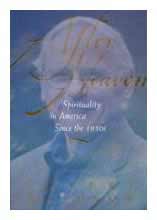 Drawing heavily on work by Robert Wuthnow in his book, “
Drawing heavily on work by Robert Wuthnow in his book, “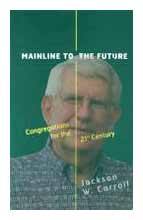 The third section of this chapter focuses on the process of detraditionalization. This is a topic covered in more detail in Jackson Carroll’s book, “
The third section of this chapter focuses on the process of detraditionalization. This is a topic covered in more detail in Jackson Carroll’s book, “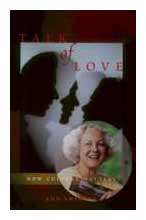 Finally, we come back to the paradigm of ‘dwellers and seekers’. Ann Sidler worked with Robert Bellah and others on “
Finally, we come back to the paradigm of ‘dwellers and seekers’. Ann Sidler worked with Robert Bellah and others on “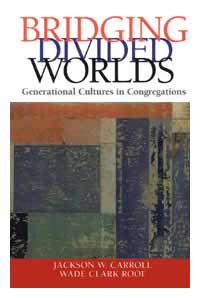 Wade Clark Roof and Jackson Carroll, in their book, “Bridging Divided Worlds”, bring us into the world of generational change with the image of ocean waves battering the shore. The image is one of both subtlety – where do you draw the line between waves – and clarity – one can see the effects of each wave.
Wade Clark Roof and Jackson Carroll, in their book, “Bridging Divided Worlds”, bring us into the world of generational change with the image of ocean waves battering the shore. The image is one of both subtlety – where do you draw the line between waves – and clarity – one can see the effects of each wave.
